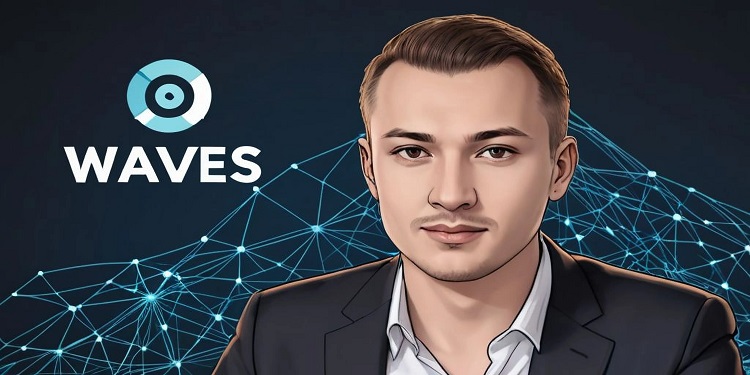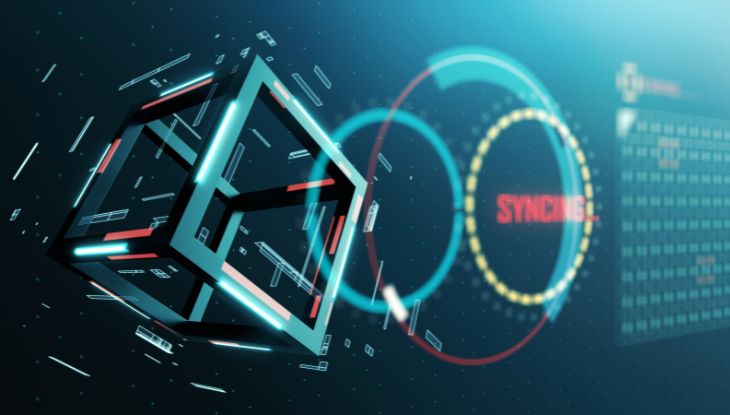Sasha Ivanov, the founder of Waves, thinks that unless blockchain interoperability is figured out, the industry cannot advance.
Waves founder Sasha Ivanov is pushing through a new blockchain protocol dubbed Units, preparing for what he sees as the “end game for layer-2 scalability.”
Ivanov explains how the Units project—which they plan to introduce at the end of October—is their solution to the Web3 space’s interoperability issue, at the Future Blockchain Summit in Dubai.
The executive raised a few issues regarding blockchain technology as it stands today. He clarified:
“If you want to transfer tokens from one layer to the other layer-2, you need centralized bridges. And this is very wrong. […] This problem should be resolved.”
Significant hacks over the years have shown the dangers of cross-chain bridges. Events about the Ronin and Wormhole bridges resulted in over $1 billion in damages in 2022.

The significance of blockchain compatibility
Ivanov Shasha contended that the sector would be unable to “move forward because this ecosystem is not complete” if the issue was not fixed. According to the executive, there should be a “final solution” in which no centralized bridges and all chains are interoperable. He declared:
“Interoperability is very important because otherwise, you don’t have a holistic, tightly connected ecosystem. It’s very disjointed.”
Ivanov claimed that, as a result, his team developed Units to address the interoperability issue. According to the executive, interoperability is a default feature of any blockchain built using the protocol.
“If connected layers have the same economic guarantees as the base layer, they become interoperable by default because there are no similar economic incentives,” the speaker stated.
According to Ivanov, these layers function on the same terms as the base layer because interactions between them would occur on the same terms as interactions with the base layer itself. The blockchains become interoperable as a result.
Cooperation in decentralized banking
Ivanov stated that interoperability is necessary for decentralized finance (DeFi) liquidity to be cohesive. Ivanov emphasized that this has already resulted in the risky construction of cross-chain bridges.
The CEO thinks that building a cross-chain decentralized application (DApp) that operates over the foundational layer of the Unit would be one way to solve the problem. Ivanov hopes that this will soon be produced via a project.
“We will offer grants for launching in the ecosystem once we have launched the ecosystem itself,” he clarified.



